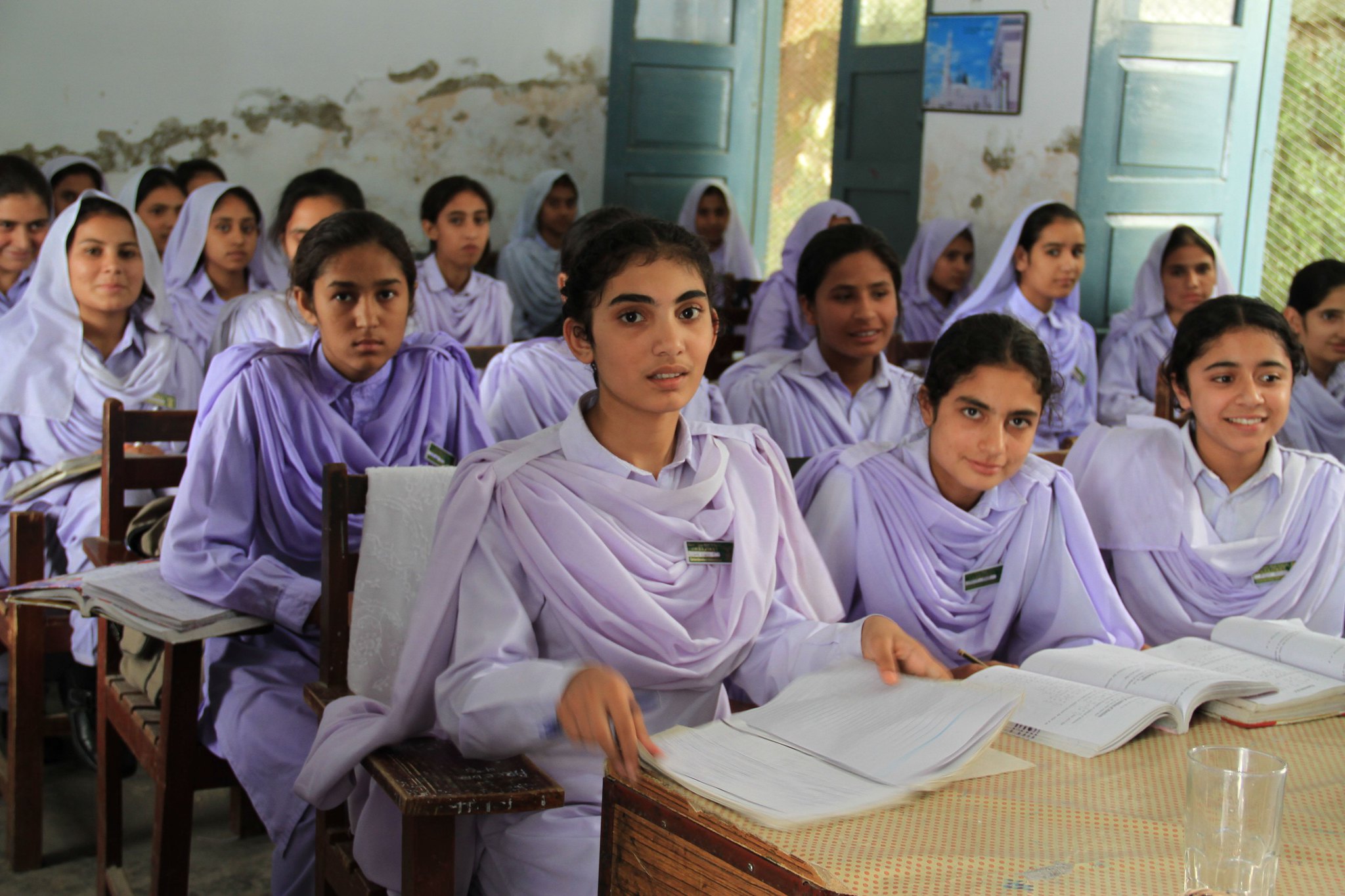Decomposing Gains from a Targeted Learning Intervention

Girls in school in Khyber Pakhtunkhwa, Pakistan. Photo: Vicki Francis/Department for International Development courtesy of Flickr
Policy Context
A learning crisis in low- and middle-income countries, due to excessive heterogeneity in student ability within a given classroom, has seen relief from targeted learning (TL) experiments, which dynamically adapt to student ability. Previous efforts to scale TL nationally have been impeded by the high resource requirements of current TL models. This study disentangles potential channels through which TL may improve learning outcomes. Specifically, every TL intervention to date has included giving educators information on students’ ability levels in addition to improved pedagogical techniques. However, it is possible that the information alone can lead to learning gains if educators respond to the information to more efficiently allocate their efforts. The proposed study intends to test this hypothesis using a randomized control trial.
Study Design
This study will randomize students in grades 4-6 into four treatment branches: (1) Lab-based technology-assisted targeted learning (TATL) , in which students will be enrolled in after-school TATL sessions held in computer labs, receiving both assessment and instruction; (2) TATL-assisted tutoring, in which students will receive after-school tutoring sessions from pre-existing private tutors equipped with assessments on students learning levels generated by TATL software; (3) Traditional tutor, in which students will receive after-school tutoring sessions with pre-existing private tutors in the community; and (4) Control, in which students will go to school and receive instruction under the status quo. Comparison of treatment branches (1) and (4) will give the total TATL effect. Comparison of (2) and (3) will give the effect of assessments only, which can then be used to decompose the total effect into separate assessment and instruction effects. Given these results and the costs of each program, we can then determine the more “cost-efficient” mode of scaling TATL.
Results and Policy Lessons
Results forthcoming.

